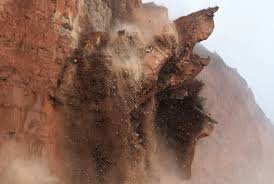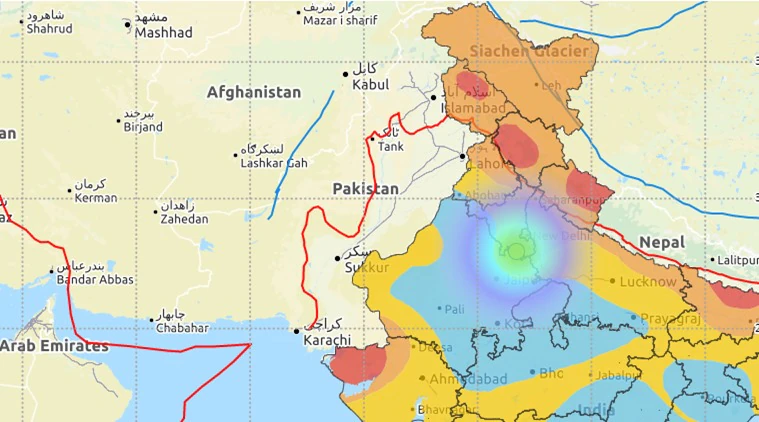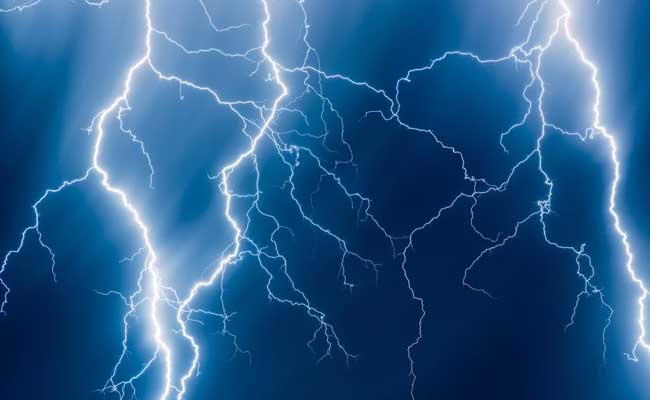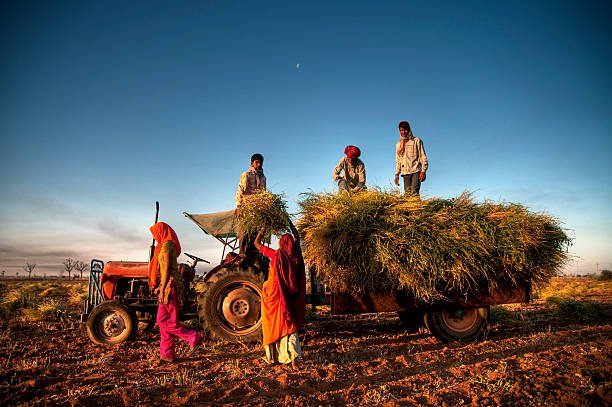Landslides are natural disasters that involve the downward movement of rock, soil, and debris along a slope. They can occur suddenly, causing damage to property, infrastructure, and human lives. Understanding why landslides happen is essential for disaster preparedness, risk mitigation, and safe land management.
Geological Factors
The geology of an area plays a crucial role in landslide occurrence. Weak or fractured rock, loose soil, and steep slopes are more prone to landslides. Areas with sedimentary rocks or unconsolidated materials are particularly vulnerable. Fault lines, joints, and fractures in rocks can also increase instability, making slopes susceptible to sliding under certain conditions.
Rainfall and Water Saturation
Excessive rainfall is one of the most common triggers of landslides. When rainwater infiltrates the soil, it increases the pore pressure and reduces the friction between soil particles, making slopes unstable. Prolonged heavy rainfall or rapid snowmelt can saturate the ground, causing sudden landslides. Flash floods combined with saturated soil further amplify the risk.
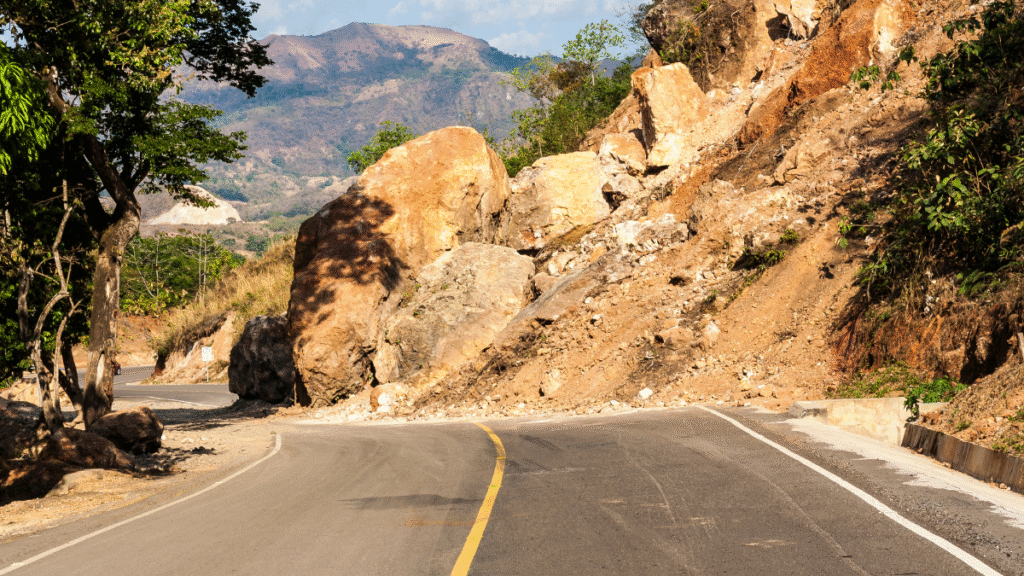
Earthquakes and Seismic Activity
Earthquakes are another major cause of landslides. The shaking of the ground during seismic events can dislodge rocks and soil, particularly on steep or unstable slopes. Even minor tremors can trigger landslides in areas with pre-existing vulnerabilities. Volcanic activity, which often causes ground deformation, can also lead to massive landslides known as lahars.
Human Activities
Human activities have significantly increased the frequency of landslides in many regions. Deforestation removes trees that anchor soil with their roots, increasing slope instability. Construction, mining, and road-building can disturb natural slopes and weaken the land structure. Poor drainage systems and improper land use practices exacerbate the risk, especially in urban and hilly areas.
Other Contributing Factors
Other factors, such as soil erosion, freeze-thaw cycles, and volcanic eruptions, can also trigger landslides. Changes in weather patterns due to climate change, like increased heavy rainfall events, further heighten the risk. Vegetation cover, slope angle, and land composition collectively determine how prone an area is to landslides.
In conclusion, landslides happen due to a combination of natural and human-induced factors, including geological conditions, heavy rainfall, seismic activity, and deforestation. Understanding these causes is crucial for implementing preventive measures, designing early warning systems, and ensuring safe construction practices. Awareness and proper land management can significantly reduce the devastating impacts of landslides on communities and the environment.
![]()

